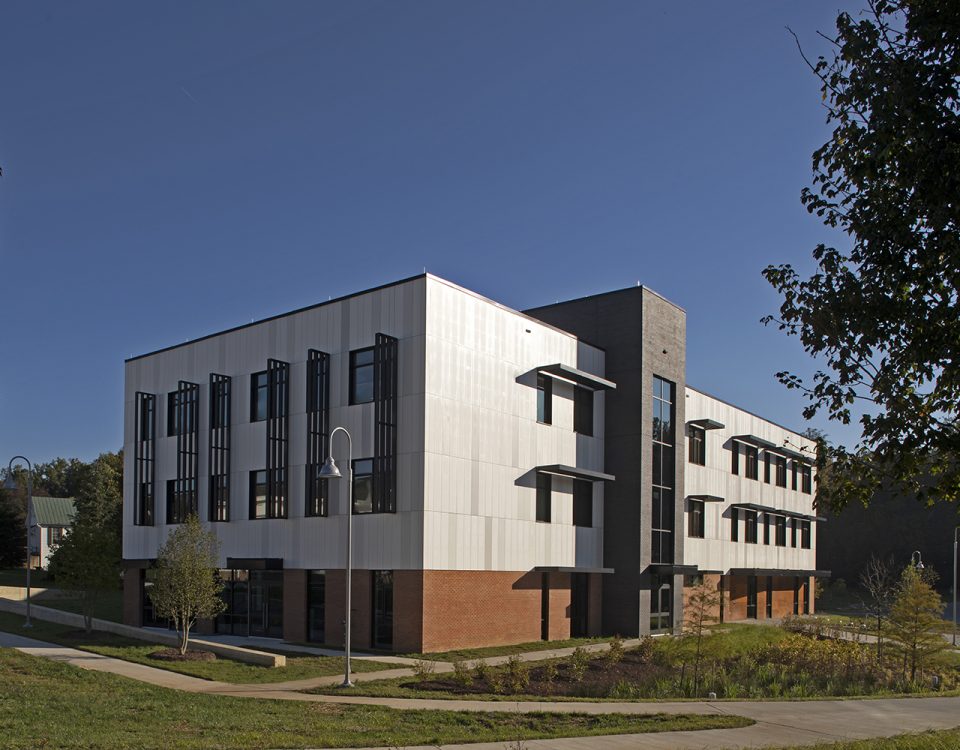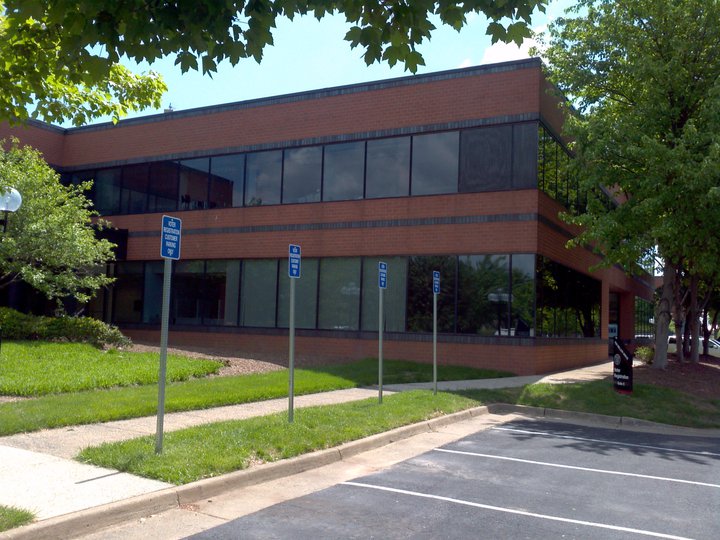Washington, DC
U.S. Senate Office Buildings
Scope of Services
Energy Audit
Detailed Energy Study (DES)
MEP Engineering
Pre-Commissioning
In April 2007, United States Government Accountability Office (GAO) reported that 96 percent of the greenhouse gas emissions from the Capitol Hill Complex facilities resulted from electricity use throughout the complex and combustion of fossil fuels in the Capitol Power Plant. The report recommended energy audits to identify projects that would reduce greenhouse gas emissions.

Services
2RW conducted investment-grade energy audits of the three Senate office buildings including whole building energy simulations with eQUEST. A baseline model—created and calibrated using metered and logged data—reflected the current building operation and energy consumption. The model was then adjusted to reflect recommended energy conservation measures (ECMs). The findings showed an energy consumption and cost difference between the baseline and subsequent models which quantified the anticipated energy savings. The three ECMs analyzed in the detailed energy study were a direct digital control (DDC)/building automation system BAS) upgrade, testing, adjusting, and balancing (TAB); and commissioning. Under these three ECMs were 16 subset ECMs. The most notable was controls, which included supply air temperature control, system start/stop, set back operations, and CO and CO2 controls.
Pre-commissioning services included physical verification of HVAC systems operation; evaluation of TAB data; identification of energy conservation measures for HVAC control systems; estimation of energy savings; implementation costs; and paybacks. During the implementation phase 2RW provided design commissioning services for the building automation system upgrades.
2RW was subsequently contracted to provide design services to implement the electrical and TAB ECMs. 2RW also performed peer reviews of drawings developed for the BAS optimization to ensure the intent of the ECMs was preserved and served as the general contractor’s commissioning representative during functional performance test development.
Results
The implemented ECMs save over $3 million per year with an implementation cost of nearly $31 million.
Scope of Services
Energy Audit
Detailed Energy Study (DES)
MEP Engineering
Pre-Commissioning
OWNER: United States Government Architect of the Capitol
TIMEFRAME: 2007 – 2012
SIZE: 3.85 million SF
COST: $42 million
ESTIMATED ENERGY SAVINGS: $3.3 million/year





